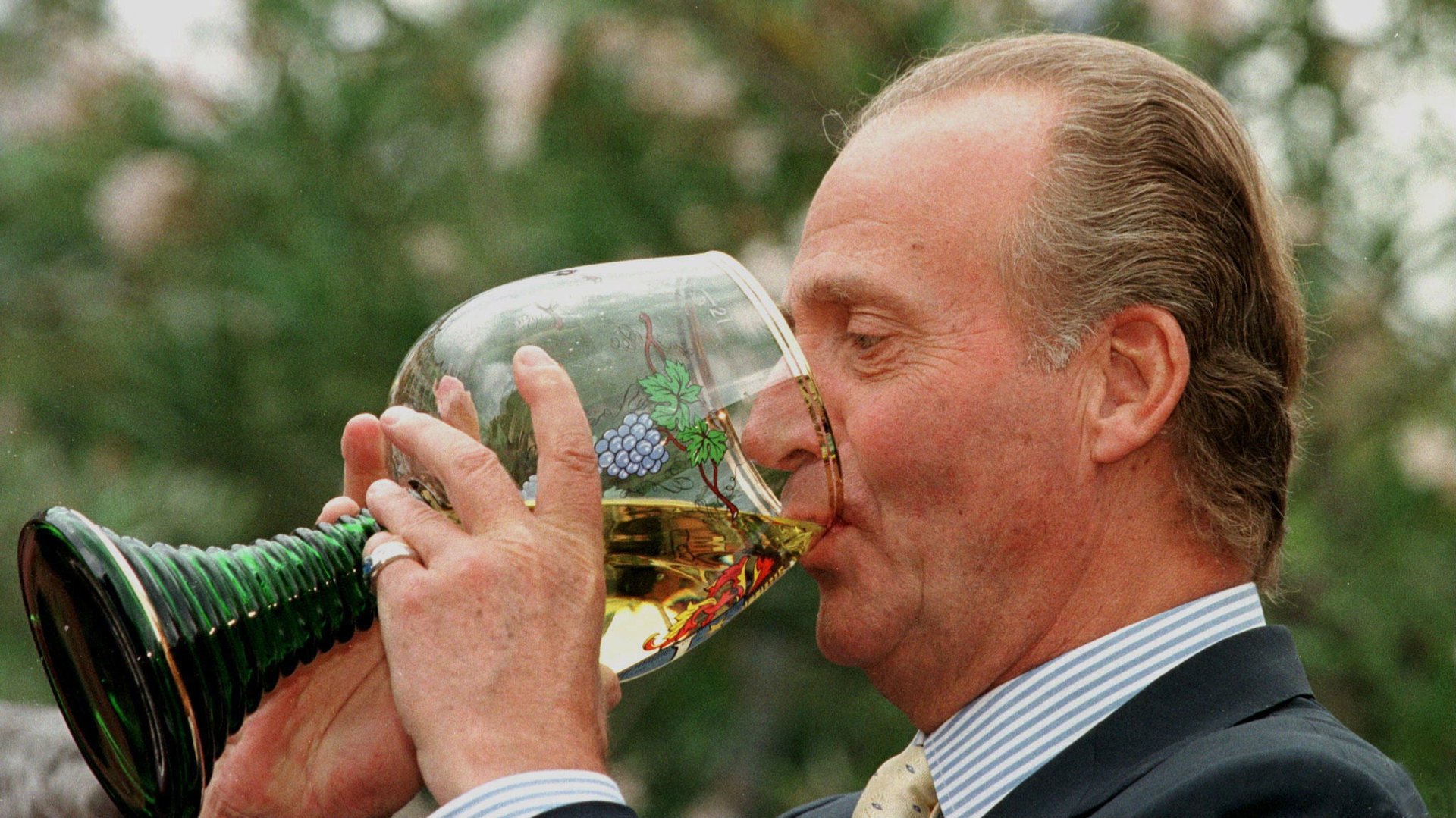Wine glasses are almost seven times bigger than they were 300 years ago
Although your “one glass of wine with dinner” probably isn’t filled to the rim, even a mildly generous pour today dwarfs those of previous generations. Wine glasses made in the past 20 years or so hold around 459 milliliters of liquid—more than 16 oz.


Although your “one glass of wine with dinner” probably isn’t filled to the rim, even a mildly generous pour today dwarfs those of previous generations. Wine glasses made in the past 20 years or so hold around 459 milliliters of liquid—more than 16 oz.
They weren’t always this big. In the 1700s, you’d have likely poured an exceedingly modest 66 ml (2.2 oz) of wine—not much bigger than a 21st-century shot glass—according to a study published on Dec. 13 in the Christmas edition of the BMJ, an annual home for more lighthearted scientific papers.
For the study, University of Cambridge researchers looked at wine-glass measurements and/or records from the Department of Western Art at the University of Oxford, the household of the UK royal family (new glasses are given to every monarch), eBay, archived homeware catalogues, and department stores. They found the glasses’ average size increased steadily from 1700 onward, with a sharp uptick around the 1990s. (You can see the trend in this pdf graphic). The median size of a wine glass increased at about the same rate, suggesting the data wasn’t skewed by a handful of enormous goblets. While the study authors’ research focused on English wine glasses, they also noted that US demand for wine glasses likely influenced British trends around the 1990s.
Wine-glass size has been increasing alongside wine consumption in England. From the 1950s until the 2000s, Brits drank an average of almost four liters (pdf) of “pure alcohol” every year—one liter is equivalent to about 35 strong beers, so that’s roughly 140 strong beers annually. And back then, the vast majority of it was beer. By 2006, that number increased to the equivalent of 315 strong beers per year, about a quarter of which was actually wine. In 2014, the UK was the sixth biggest (pdf) consumer of wine among all countries, and the wine market there is expected to reach $26 billion in 2018.
Although researchers can’t say for sure that the UK is drinking more wine because glasses have grown, it seems plausible. “Larger wine glasses can also increase the pleasure from drinking more wine, which may in turn increase the desire to drink more,” they write. (If bar owners notice customers are ordering more wine when it comes in bigger glasses, they’d be smart to buy bigger glasses to make the most on their beverage markup.)
Another possibility is that innovations in the glass industry drove changes in wine-drinking patterns. In the 1700s, there was a tax on glass that made most glassware smaller in general. That tax was abolished in the mid-1800s. Later in the 19th century, glass-blowing became automated, which made larger glasses easier to create. By the 1900s, it was trendy to drink wines out of specifically sized glasses to get the most out of the flavors of each drink, some of which have wider bases. It was an easy next step, the authors write, to upgrade to larger glasses overall when US drinkers started demanding them.
Ultimately, the paper is an important reminder to check the size of your wine glass before downing that third pour. At least, after the holidays.